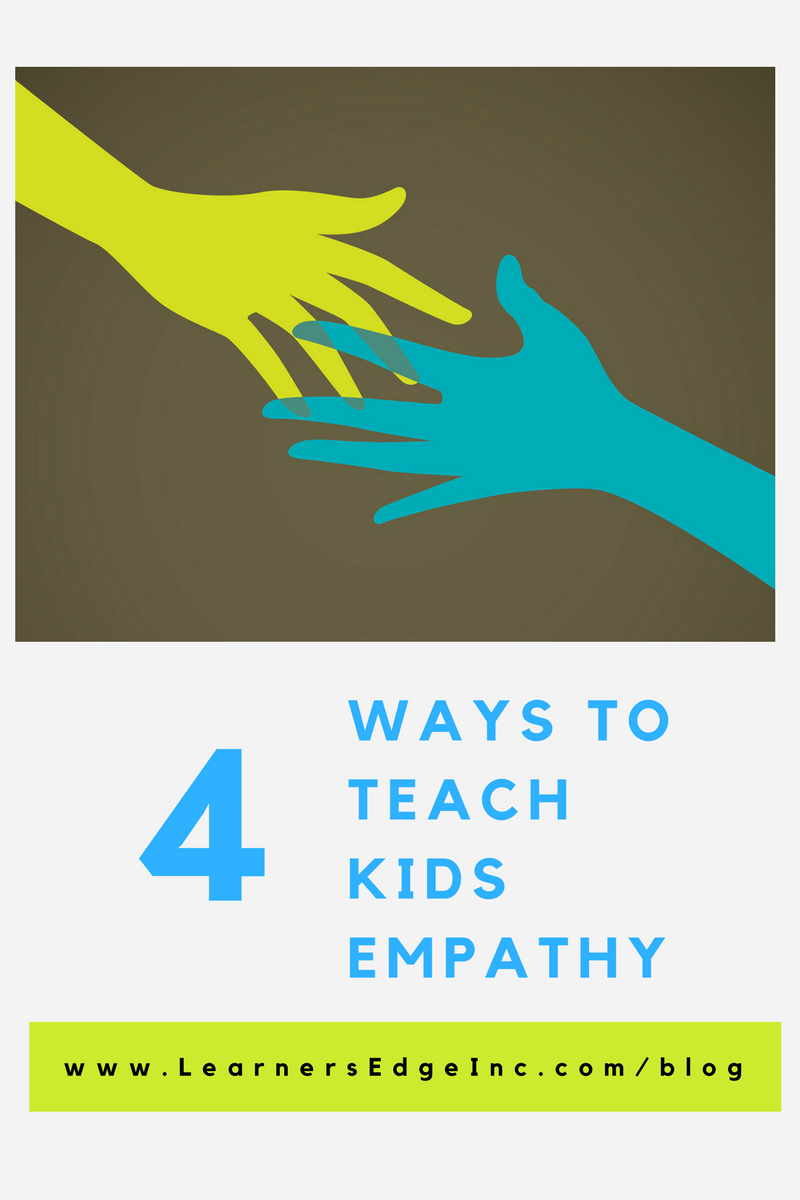This week’s blog post writer is Dawn Butler. Dawn is the Lead Course Specialist with Learners Edge. Prior to joining the Edge, Dawn was a high school English teacher for 11 years. In her free time, she can be found wrangling her 6 year old son, 3 year old daughter, 2 cats, and a dog. Her parents were teachers, her husbandis a SPED teacher, and her parents-in-law are teachers, which really helps Dawn to continue to foster her passion for education as she works to offer the best possible courses at the Edge!
My husband and our 4 year old son are trudging against the cold wind and snow in the Target parking lot. It is December of 2014, they are there to buy a toy for a 4th grader in my husband’s class who just became homeless. “Daddy? It’s so cold out here! What do the kids do who don’t have a home? Where do they sleep?”
This interaction is courtesy of my son’s built-in empathy- a quality we nurture and admire every day. In the adult world that seems to grow increasingly contentious, it’s more important than ever to teach children the valuable skill of empathy. Children can learn how to deepen their empathy through example, engaged conversation, and good ol’ fashioned gratitude. Here’s a look at some of the ways my husband and I try to teach and model empathy for our two young children and our students.
- Talk about what it’s like for other people. Every day presents multiple opportunities to model care and concern for others. When an ambulance drives by, you can talk about the patient in the ambulance, and send good wishes or a prayer for the health of that person. In school, there may be students who are homeless, or food-insecure, so share with all students the ways that the school community can assist those in need.
- Reinforce gratitude. Remind students of little things to be thankful for: an education, a meal during the day, and people who care about them. There are so many other things that can be celebrated as gratitude- and children will often conclude that the simplest things are the ones to be grateful for.
- Spread kindness. Simple gestures, lending someone a pencil to use, holding the door open for someone, helping someone who has dropped their books on the floor, can make kids see the needs of those around them. Practicing these small but meaningful gestures is an easy way to “walk in someone else’s shoes.”
- Practice active listening – Not “fixing.” One of the difficult skills within empathy is to learn how to listen with undivided attention and care. Reinforce the active listening skills of eye contact, avoiding interruption, and caring feedback, like “that sounds really hard,” and “I am sorry that happened to you.” In this way, children can learn that it’s important to really connect with the person experiencing a hardship, rather than trying to immediately jump in and “fix it.”
Empathy is such a beautiful gift, and one that our children already give to the world. The above tips are a wonderful start to teaching kids empathy, deepening that trait, and allowing it to shine in both big and small ways.






